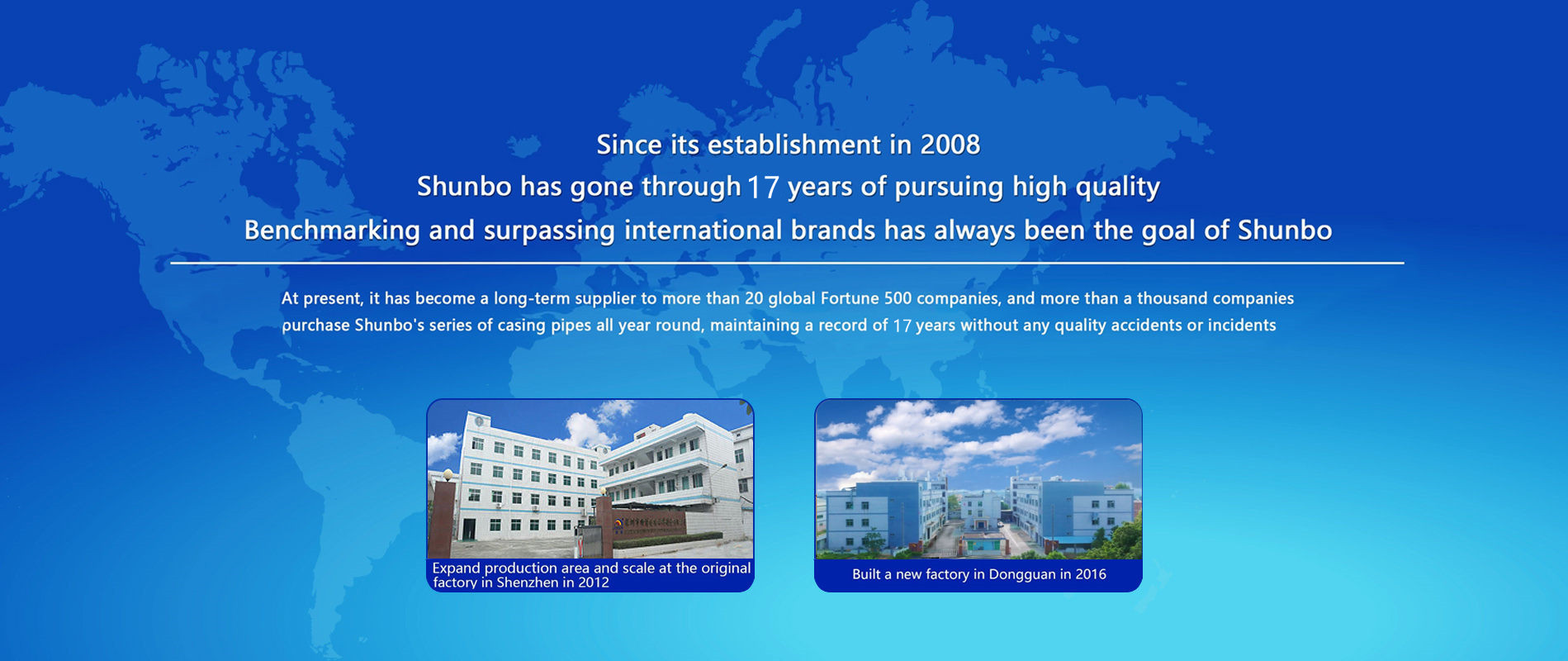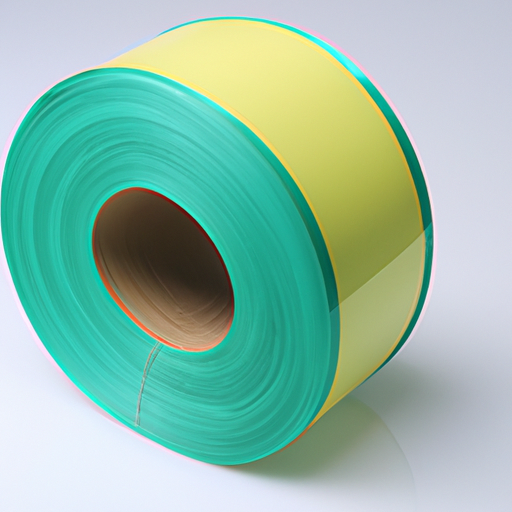
What is the Product Principle of Quartz Fiber Casing?
I. Introduction
A. Definition of Quartz Fiber Casing
Quartz fiber casing is a specialized material made from high-purity silica, which is processed into fine fibers. These fibers are then woven or molded into casings that serve various industrial applications. The unique properties of quartz fiber, such as its high thermal resistance and chemical stability, make it an ideal choice for environments that demand durability and reliability.
B. Importance of Understanding Product Principles
Understanding the product principles of quartz fiber casing is crucial for engineers, manufacturers, and end-users alike. It provides insights into how the material behaves under different conditions, its applications, and its advantages over other materials. This knowledge is essential for making informed decisions regarding material selection, design, and application in various industries.
C. Overview of the Article
This article will delve into the product principles of quartz fiber casing, exploring its composition, properties, manufacturing processes, advantages, challenges, and future trends. By the end of this discussion, readers will have a comprehensive understanding of why quartz fiber casing is a valuable material in modern industrial applications.
II. The Basics of Quartz Fiber
A. Composition of Quartz Fiber
1. Silica Content
Quartz fiber is primarily composed of silica (SiO2), which is a naturally occurring mineral. The purity of the silica used in the manufacturing process significantly influences the performance characteristics of the final product. High-purity silica results in fibers that exhibit superior thermal and chemical resistance.
2. Manufacturing Process
The manufacturing process of quartz fiber involves several steps, including melting high-purity silica at high temperatures, followed by fiber formation through various techniques. The resulting fibers can be further processed into different forms, such as woven fabrics or molded casings, depending on the intended application.
B. Properties of Quartz Fiber
1. Thermal Resistance
One of the standout properties of quartz fiber is its exceptional thermal resistance. It can withstand high temperatures without degrading, making it suitable for applications in industries such as aerospace, automotive, and electronics, where heat management is critical.
2. Chemical Stability
Quartz fiber exhibits excellent chemical stability, resisting degradation from acids, bases, and other corrosive substances. This property is particularly important in chemical processing industries, where materials are often exposed to harsh environments.
3. Mechanical Strength
In addition to its thermal and chemical properties, quartz fiber possesses high mechanical strength. This strength ensures that quartz fiber casings can withstand physical stresses and strains, making them reliable in demanding applications.
III. The Concept of Product Principles
A. Definition of Product Principles
Product principles refer to the fundamental characteristics and behaviors of a material that dictate its performance in various applications. These principles encompass aspects such as material composition, physical properties, manufacturing processes, and compliance with industry standards.
B. Importance in Material Science and Engineering
In material science and engineering, understanding product principles is essential for developing new materials and improving existing ones. It allows engineers to predict how materials will behave under different conditions, leading to better design choices and enhanced product performance.
C. Application in Industrial Products
In the context of industrial products, product principles guide the selection of materials for specific applications. For instance, the unique properties of quartz fiber casing make it suitable for use in high-temperature insulation, electrical insulation, and protective casings for sensitive equipment.
IV. Product Principle of Quartz Fiber Casing
A. Design and Functionality
1. Purpose of Quartz Fiber Casing
The primary purpose of quartz fiber casing is to provide protection and insulation in high-temperature and chemically aggressive environments. It serves as a barrier against heat, electrical currents, and corrosive substances, ensuring the safety and longevity of the components it encases.
2. Applications in Various Industries
Quartz fiber casing finds applications in a wide range of industries, including:
Aerospace: Used for thermal insulation in aircraft and spacecraft components.
Automotive: Employed in heat shields and insulation for exhaust systems.
Electronics: Utilized for insulating wires and components in high-performance devices.
Chemical Processing: Applied in protective casings for equipment exposed to harsh chemicals.
B. Performance Characteristics
1. Thermal Insulation
Quartz fiber casing provides excellent thermal insulation, helping to maintain temperature stability in sensitive applications. This property is particularly valuable in industries where temperature fluctuations can lead to equipment failure or compromised product quality.
2. Electrical Insulation
In addition to thermal insulation, quartz fiber casing also offers outstanding electrical insulation properties. This makes it an ideal choice for applications where electrical safety is paramount, such as in high-voltage equipment and electronic devices.
3. Durability and Longevity
The durability of quartz fiber casing ensures that it can withstand the rigors of industrial environments. Its resistance to wear, tear, and environmental factors contributes to its longevity, reducing the need for frequent replacements and maintenance.
C. Safety and Compliance Standards
1. Industry Regulations
Quartz fiber casing must comply with various industry regulations and standards to ensure safety and performance. These regulations often dictate the material's thermal and electrical properties, as well as its resistance to chemicals and environmental factors.
2. Testing and Certification Processes
To meet industry standards, quartz fiber casing undergoes rigorous testing and certification processes. These tests evaluate the material's performance under different conditions, ensuring that it meets the necessary safety and quality requirements.
V. Manufacturing Process of Quartz Fiber Casing
A. Raw Material Selection
The manufacturing process of quartz fiber casing begins with the selection of high-purity silica as the raw material. The purity of the silica is critical, as impurities can negatively impact the performance characteristics of the final product.
B. Fiber Production Techniques
1. Melt Spinning
One of the primary methods for producing quartz fiber is melt spinning. In this process, high-purity silica is melted at elevated temperatures and then extruded through fine nozzles to form continuous fibers. The fibers are then cooled and collected for further processing.
2. Texturing and Weaving
After fiber production, the quartz fibers can be textured or woven into fabrics, depending on the intended application. Texturing enhances the fibers' properties, while weaving creates a fabric that can be molded into casings.
C. Casing Formation
1. Molding and Shaping
Once the fibers are prepared, they can be molded and shaped into casings. This process may involve techniques such as compression molding or vacuum forming, depending on the desired shape and application.
2. Quality Control Measures
Quality control is a critical aspect of the manufacturing process. Various tests are conducted to ensure that the quartz fiber casing meets the required specifications for performance, safety, and compliance with industry standards.
VI. Advantages of Quartz Fiber Casing
A. Comparison with Other Materials
1. Glass Fiber
While glass fiber is a common alternative to quartz fiber, it does not offer the same level of thermal and chemical resistance. Quartz fiber is more suitable for high-temperature applications, making it a preferred choice in industries where heat management is critical.
2. Plastic Composites
Plastic composites may be lighter and less expensive than quartz fiber, but they often lack the durability and thermal resistance required for demanding applications. Quartz fiber casing provides a more robust solution for environments that require high performance.
B. Cost-effectiveness
Although quartz fiber casing may have a higher initial cost compared to some alternatives, its durability and longevity can lead to cost savings over time. Reduced maintenance and replacement needs contribute to its overall cost-effectiveness in industrial applications.
C. Environmental Considerations
Quartz fiber is a more environmentally friendly option compared to some synthetic materials. Its natural composition and recyclability make it a sustainable choice for industries looking to reduce their environmental impact.
VII. Challenges and Limitations
A. Production Costs
One of the primary challenges associated with quartz fiber casing is the production cost. The high-purity silica required for manufacturing can be expensive, leading to higher prices for the final product compared to alternatives.
B. Handling and Processing Difficulties
Quartz fiber can be more challenging to handle and process than other materials. Its brittleness and sensitivity to moisture can complicate manufacturing and application processes, requiring specialized techniques and equipment.
C. Market Competition
The market for insulation and protective materials is highly competitive, with numerous alternatives available. Manufacturers of quartz fiber casing must continually innovate and demonstrate the unique advantages of their products to maintain market share.
VIII. Future Trends and Innovations
A. Advances in Manufacturing Techniques
As technology continues to evolve, new manufacturing techniques for quartz fiber casing are being developed. These advancements aim to reduce production costs, improve efficiency, and enhance the material's performance characteristics.
B. Emerging Applications
The versatility of quartz fiber casing opens the door to emerging applications in various industries. As industries seek more efficient and durable materials, quartz fiber is likely to find new uses in areas such as renewable energy, automotive, and electronics.
C. Sustainability Initiatives
With increasing awareness of environmental issues, there is a growing emphasis on sustainability in material production. Quartz fiber casing, with its natural composition and recyclability, aligns well with sustainability initiatives, making it an attractive option for environmentally conscious industries.
IX. Conclusion
A. Recap of the Product Principle of Quartz Fiber Casing
In summary, the product principle of quartz fiber casing is rooted in its unique composition, properties, and manufacturing processes. Its exceptional thermal and chemical resistance, mechanical strength, and durability make it a valuable material in various industrial applications.
B. Importance of Continued Research and Development
As industries continue to evolve, the importance of research and development in quartz fiber casing cannot be overstated. Ongoing innovations in manufacturing techniques and applications will ensure that quartz fiber remains a relevant and competitive material in the market.
C. Final Thoughts on the Future of Quartz Fiber Casing in Industry
The future of quartz fiber casing looks promising, with advancements in technology and a growing demand for high-performance materials. As industries seek solutions that offer durability, safety, and sustainability, quartz fiber casing is poised to play a significant role in shaping the future of industrial applications.
X. References
A. Academic Journals
- Journal of Materials Science
- Composites Science and Technology
B. Industry Reports
- Market Research Reports on Advanced Materials
- Industry Analysis of Insulation Materials
C. Relevant Books and Articles
- "Materials Science and Engineering: An Introduction" by William D. Callister
- "Fiber-Reinforced Composites: Materials, Manufacturing, and Design" by P. K. Mallick
---
This blog post provides a comprehensive overview of the product principle of quartz fiber casing, covering its composition, properties, manufacturing processes, advantages, challenges, and future trends. By understanding these aspects, readers can appreciate the significance of quartz fiber casing in various industrial applications.




